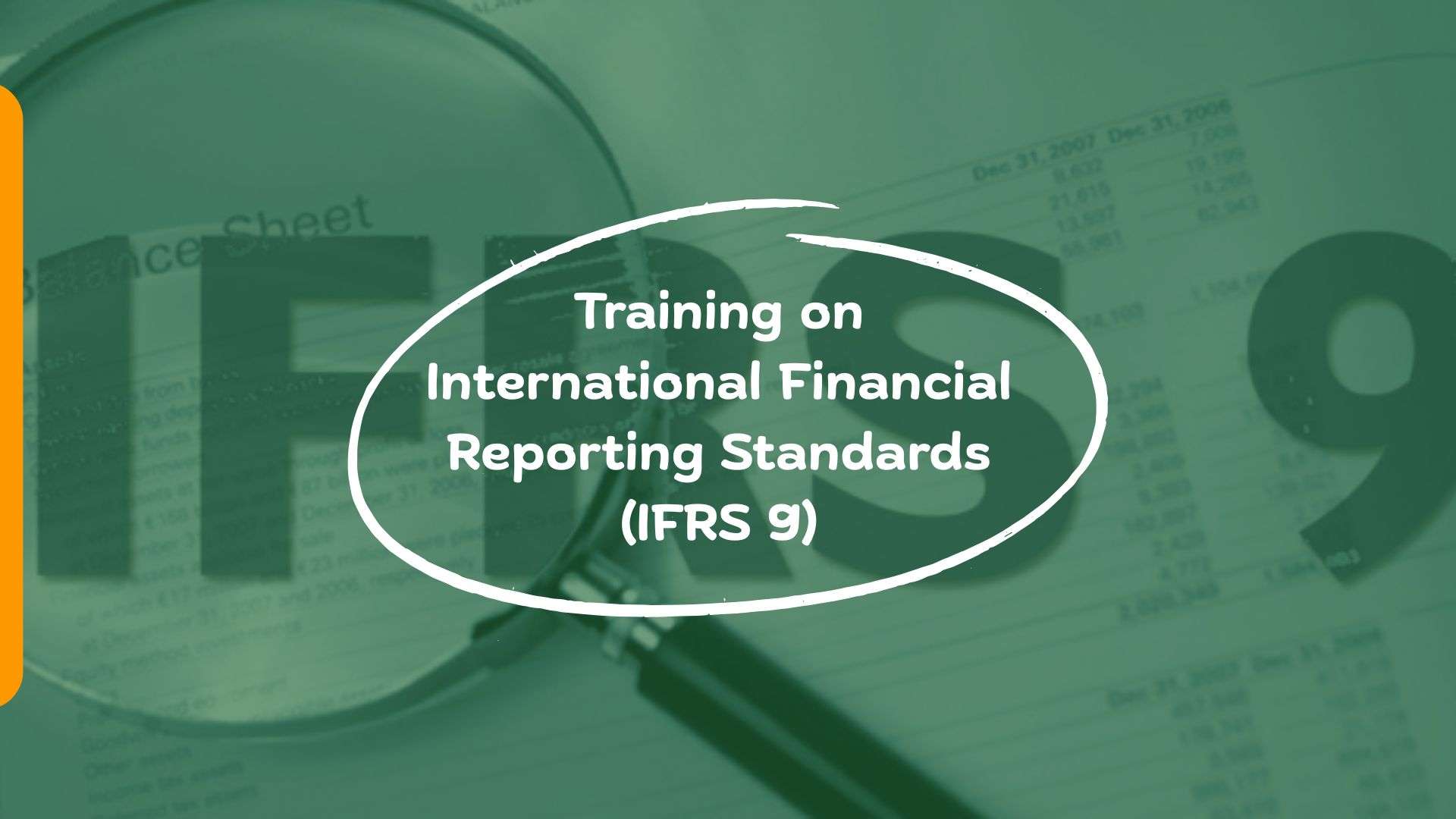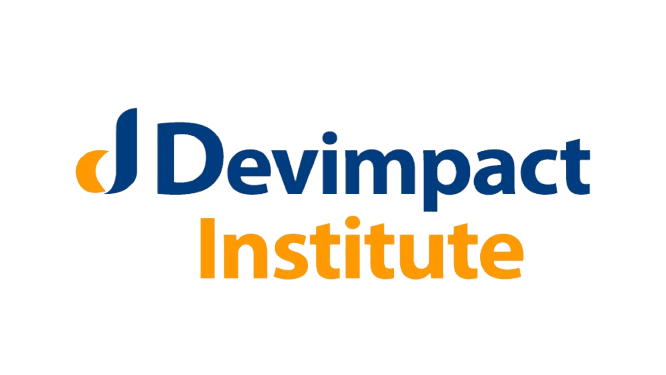
Training on International Financial Reporting Standards (IFRS 9)
About the Course
IFRS9 is a new accounting standard published by the International Accounting Standards Board covering the measurement of financial instruments, asset impairment and hedge accounting. IFRS9 specifies how an entity should classify and measure financial assets and liabilities. This International Financial Reporting Standards (IFRS 9) course is aimed at equipping the participants with the knowledge and skills to understand IFRS 9 and how to adopt the new international accounting practices in financial reporting.
Target Participants
International Financial Reporting Standards (IFRS 9) course recommended for finance managers, accountants, auditors, operations managers, information technologists, risk management managers and other professionals from financial and accounting institutions who want to build their knowledge on IFRS 9.
Course Duration
Online 7 Days
Classroom Based 5 Days
What you will learn
By the end of this course the participants will be able to:
- Analyse financial instruments to differentiate between liabilities, equity, or a combination of both
- Apply the principles for classification, initial recognition and subsequent measurement of financial assets and financial liabilities in IFRS 9
- Evaluate the principles of fair value measurement in IFRS 13
- Determine the accounting for derivatives and embedded derivatives
- Compute the effective interest rate and apply the effective interest method for measurement of financial instruments at amortised cost
- Apply the derecognition principles to financial assets and financial liabilities
- Apply the expected credit loss model and calculate impairment losses for financial assets
- Obtain an overview of hedge accounting and analyse the requirements in IFRS 9
- Comply with the extensive disclosure requirements of IFRS 7
- Analyse the impact of COVID-19 on IFRS 9 Application
Introduction
-
- Introduction to IFRS 9
- Recap of IAS 32 Financial Instruments
- Presentation – financial liability versus equity instruments, compound financial instruments and offsetting
Classification of financial assets and financial liabilities
-
-
- IFRS 9 Classification: Amortized cost, Fair value through other comprehensive income and Fair value through profit or loss
- Business Models criteria
- Solely Payments of Principal and Interest (SPPI)
- Fair value option
- IFRS 9 Classification: Amortized cost, Fair value through other comprehensive income and Fair value through profit or loss
-
Measurement of financial assets and financial liabilities
-
- Initial recognition including treatment of transaction costs
- Subsequent measurement
- Amortised cost
- Fair value measurement (IFRS 13)
- Reclassification of financial assets
- Fair value movements due to own credit risk in financial liabilities at fair value through profit or loss
- Accounting for derivatives and embedded derivatives
Amortised cost financial assets
-
- Computing the effective interest rate
- Applying the effective interest method under various scenarios
- Plain vanilla bonds
- Variable rate instruments
- Financial assets that are pre payable
- Loan commitments
- Fee income and loan origination costs
- Financial guarantees
- Repossessed assets
De-recognition principles
-
- Derecognition of financial assets
- Determining whether a transfer has occurred
- Transfer/retention of substantially all risks and rewards
- Retaining “control” and measurement of continuing involvement
- Derecognition of financial liabilities
- Derecognition of financial assets
Impairment of financial assets
-
- Introduction to IFRS 9 expected credit loss model – background, scope and impact of the model
- Application of IFRS 9 expected credit loss model
- 12-month and lifetime expected credit losses
- Staging of financial assets
- Determination of significant increases in credit risk
- Measurement of expected credit losses
- Modified financial assets
- Simplification and practical expedients
- Purchase/origination of credit-impaired financial assets
- Loan commitments and financial guarantee contracts
Hedge accounting
-
- Overview of hedging and accounting for three types of hedges – fair value, cash flow and net investment hedge
- Impact of hedge accounting for interest rate and foreign exchange risk
- IFRS 9 hedge accounting model
- Hedged items
- Hedging instruments
- Qualifying criteria
- Groups and net positions
- Hedge documentation
- Hedge effectiveness requirements
- Rebalancing
- Discontinuation
IFRS 7 Financial instruments disclosures
Updates
-
- Impact of COVID-19 on IFRS 9
- Interest rate benchmark reform
- Macro-hedging

